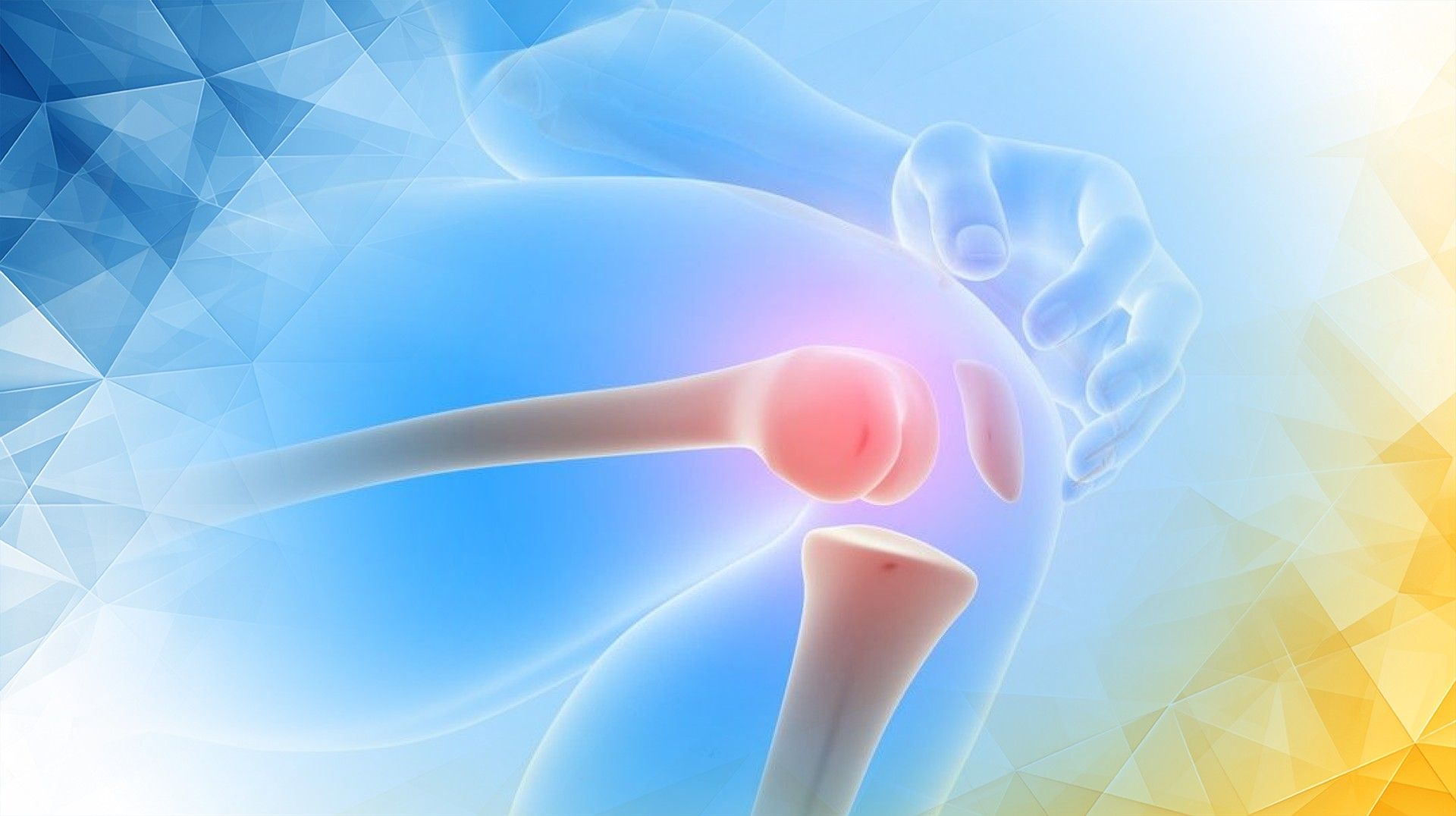



The meniscus is a crescent-shaped pad of cartilage in your knee, acting as a shock absorber and keeping your joint stable. Meniscus tears are among the most common knee injuries, caused by sudden twists, sports, or simply the aging process. A key question for many is: can a meniscus tear heal naturally, without surgery?
The answer is: it depends. Recent research shows that some meniscus tears can heal on their own—but it largely depends on where the tear is and on personal factors like your age, weight, and activity level. In this article, we’ll break down how these aspects influence healing, giving you clear, practical information to help you understand your options.
To understand why some tears heal and others don’t, it’s helpful to know a little about the meniscus ‘s structure. The meniscus is made of strong cartilage that sits between your thighbone and shinbone. One critical detail is blood supply. The outer edge of the meniscus (the “peripheral zone”) receives a rich supply of blood, while the inner two-thirds have very little.
Blood flow is crucial for healing; it delivers the building blocks your body needs to repair injuries. Tears in the outer, well-supplied area are more likely to heal on their own. In contrast, tears in the inner area—where blood flow is poor—rarely heal naturally. This is why some meniscus tears get better with conservative care, while others may need surgery.
The location of your meniscus tear makes a huge difference in its ability to heal. Tears along the outer edge—often called the “red-red” or “red-white” zones because of their blood supply—are most likely to heal with non-surgical treatments such as rest and physical therapy.
Tears in the inner “white-white” zone, where hardly any blood reaches, generally don’t heal on their own and may continue to cause pain or knee instability. This is why doctors use MRI scans to pinpoint where the tear is, helping decide whether rest, therapy, or surgery is the best approach.
Besides tear location, your age, body weight, and activity level play important roles in your recovery. Younger people tend to heal faster, thanks to their body’s greater capacity for tissue repair . Carrying less weight reduces pressure on your knee , making it easier for an injured meniscus to heal.
Your activity level is also key. Gentle, controlled movement can boost circulation and strengthen muscles that support your knee , aiding recovery. On the other hand, too much high-impact or twisting activity can make things worse. Studies have shown that those who maintain a healthy weight and stay active—within safe limits—tend to have the best non-surgical outcomes.
So, when you’re asking, “Can my torn meniscus heal without surgery?” remember to consider not just the tear’s location but also your own health and lifestyle.
For many minor or outer-edge meniscus tears, doctors usually start with conservative measures. These include rest, applying ice, using anti-inflammatory medications, and doing specific exercises to strengthen your knee. The aim is to reduce pain, restore function, and let your body heal itself.
Surgery—either trimming away the damaged tissue or repairing the tear—is generally reserved for larger, more complex tears, or those in the poorly supplied inner area. While surgery can restore knee stability , it comes with risks and often requires longer rehabilitation.
Research has shown that many people recover well without surgery, especially when their tears are in the healing-friendly outer zones. MRI scans are often used to monitor healing progress over time. It’s also been found that MRI results can lag behind actual clinical improvement, so doctors use both imaging and physical exams to check your knee ’s recovery.
No matter which route you take, the key to a successful recovery is a gradual return to walking and regular activities—to strengthen your knee without overloading it.
Promising new therapies are being developed to improve healing, especially for tears in areas with little blood supply. Growth factor treatments are now being studied to encourage the body’s own cells to repair cartilage faster and more thoroughly.
One recent study found that certain growth factors can “recruit” your body’s natural stem cells to the injury site, helping to rebuild strong, healthy tissue—even in parts of the meniscus that don’t normally heal. Early research suggests that combining these approaches with physical therapy may one day reduce the need for surgery in tough-to- heal tears. This represents an exciting future for knee care , as new treatments continue to expand your options and improve outcomes.
Whether your meniscus tear can heal on its own depends on a combination of factors: mainly where the tear is, along with your age, weight, and activity level. Tears on the outer edge of the meniscus , especially in younger and more active individuals who maintain a healthy weight, have the best chances of healing without surgery.
Conservative care—rest, physical therapy , and symptom management—works well for many people. Surgery is reserved for more severe or inner-edge tears. As new therapies develop, treatment options will keep improving.
If you’re wondering if your meniscus tear needs surgery or can heal on its own, be sure to consult with your doctor. A personalized treatment plan based on your injury and lifestyle will give you the best chance to get back to pain-free movement.
We hope this article gives you a clearer understanding of meniscus tears and their healing process. We’ve combined practical tips with the latest science to help you make informed choices about your knee care .
If you’d like more advice on managing knee pain, questions to ask your doctor, or tips on daily activities during recovery, let us know! We’re here to help.
Shelbourne, K. D., & Gray, T. (2012). Meniscus tears that can be left in situ, with or without trephination or synovial abrasion to stimulate healing. Sports Medicine and Arthroscopy Review, 20(2), 62-67. https://doi.org/10.1097/jsa.0b013e318243265b
Tarafder, S., Gulko, J., Sim, K. H., Yang, J., Cook, J. L., & Lee, C. H. (2018). Engineered healing of avascular meniscus tears by stem cell recruitment. Scientific Reports, 8(1), . https://doi.org/10.1038/s41598-018-26545-8
DiBartola, A. C., Rogers, A., Kurzweil, P. R., Knopp, M. V., & Flanigan, D. C. (2021). In-office needle arthroscopy can evaluate meniscus tear repair healing as an alternative to magnetic resonance imaging. Arthroscopy, Sports Medicine, and Rehabilitation, 3(6), e1755–e1760. https://doi.org/10.1016/j.asmr.2021.08.003
All our treatments are selected to help patients achieve the best possible outcomes and return to the quality of life they deserve. Get in touch if you have any questions.
At London Cartilage Clinic, we are constantly staying up-to-date on the latest treatment options for knee injuries and ongoing knee health issues. As a result, our patients have access to the best equipment, techniques, and expertise in the field, whether it’s for cartilage repair, regeneration, or replacement.
For the best in patient care and cartilage knowledge, contact London Cartilage Clinic today.
At London Cartilage Clinic, our team has spent years gaining an in-depth understanding of human biology and the skills necessary to provide a wide range of cartilage treatments. It’s our mission to administer comprehensive care through innovative solutions targeted at key areas, including cartilage injuries. During an initial consultation, one of our medical professionals will establish which path forward is best for you.
Contact us if you have any questions about the various treatment methods on offer.
Legal & Medical Disclaimer
This article is written by an independent contributor and reflects their own views and experience, not necessarily those of londoncartilage.com. It is provided for general information and education only and does not constitute medical advice, diagnosis, or treatment.
Always seek personalised advice from a qualified healthcare professional before making decisions about your health. londoncartilage.com accepts no responsibility for errors, omissions, third-party content, or any loss, damage, or injury arising from reliance on this material. If you believe this article contains inaccurate or infringing content, please contact us at [email protected].